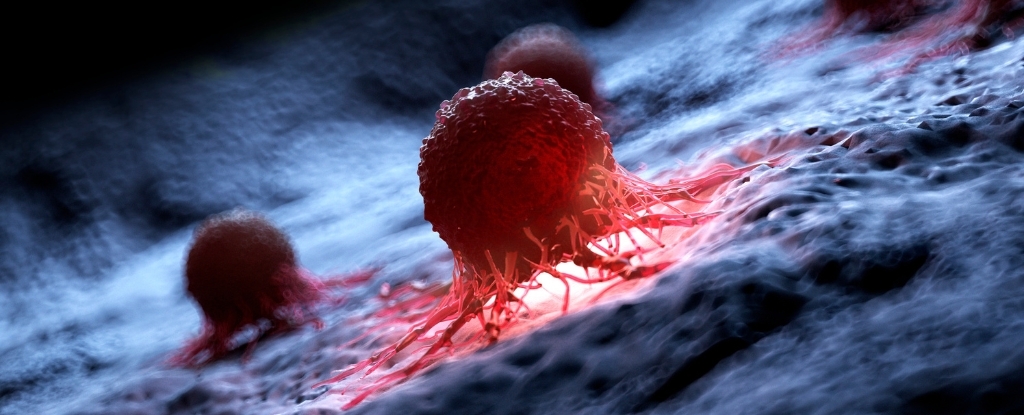NASA scientists are just getting started in their analysis of fragments brought back from the Bennu asteroid, and the early indications are that the material it contains originated from an ancient ocean world.
That assumption is based on the phosphate crust detected on the asteroid. The calcium and magnesium-rich phosphate mineral has never been seen before on meteorites – those small space rocks that make it through our atmosphere and down to Earth.
The mineral’s chemistry bears an eerie resemblance to that found in vapor shooting from beneath the icy crust of Saturn‘s moon, Enceladus.
Phosphate is also a crucial building block of life, adding weight to the hypothesis that life on Earth was first sparked by material left behind by asteroids, as they smashed into the surface during the turbulent early history of our planet.
Scientists say the world that Bennu was once part of likely had similarities to Enceladus but was around half the size. As the Solar System took shape, it would’ve been destroyed by a collision with another object, forming thousands of asteroids.
These are hugely exciting investigations for scientists, as the opportunity to study samples of an asteroid is so rare. The OSIRIS-REx mission is only the third time in history that we’ve been able to grab bits of an asteroid and return them to Earth.
In the case of Bennu, the round trip took seven years in total and covered a considerable distance of 6.21 billion kilometers (3.86 billion miles). The sample capsule arrived back safely in September 2023.
“We’re going to be busy for a long, long time,” planetary scientist Dante Lauretta, from the University of Arizona, told Leonard David at Space.com. “This is an enormous amount of sample for us.”
Teams all over the world are taking a closer look at the asteroid fragments. At the University of Arizona, they’re sifting through thousands of particles, with the largest measuring 3.5 centimeters (1.4 inches) across.
Techniques being applied to the asteroid samples include X-ray diffraction, where patterns of electromagnetic radiation are analyzed to understand more about the nature of the material that they’re coming into contact with.
The thinking is that Bennu represents leftover material from the formation of the Solar System, some 4.5 billion years ago. Understanding where it came from will teach us more about where we came from, too.
We’re still at the very early stages of this research, and we can expect plenty more discoveries and revelations in the future – including, possibly, a confirmation of the type of planetesimal that spawned Bennu.
The discoveries made so far are due to be presented at the 55th Lunar and Planetary Science Conference held in Texas.





